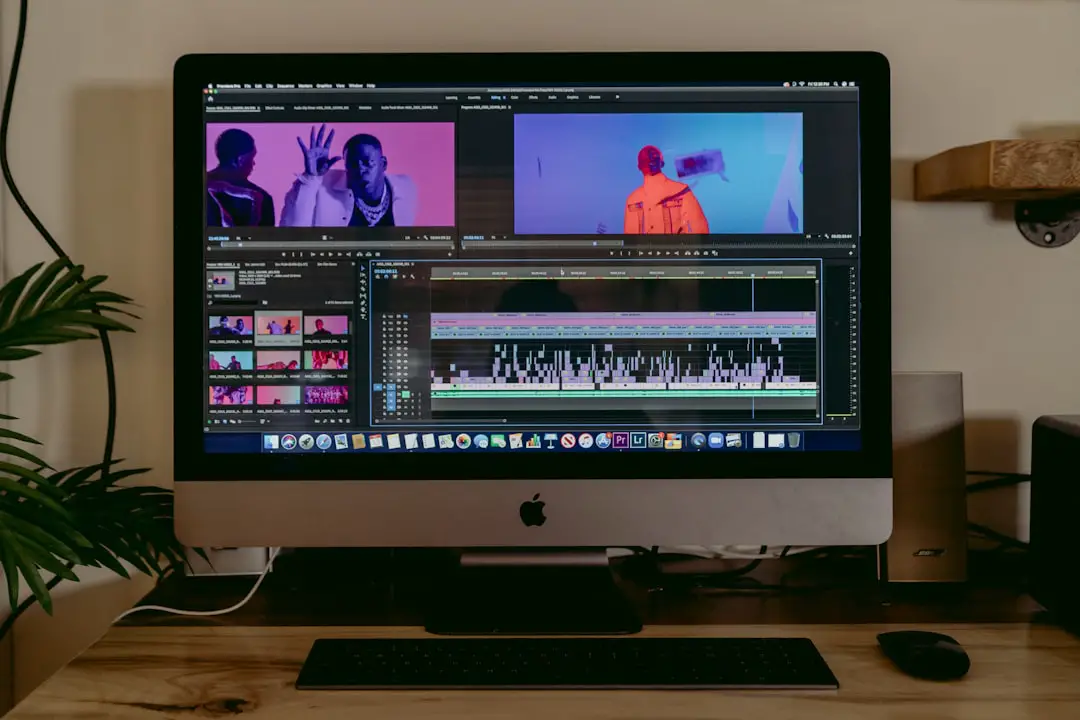In the dynamic world of TikTok, aesthetics and quality play a vital role in gaining attention, increasing engagement, and building a following. Viewers are naturally drawn to crisp and visually appealing content, making it essential for creators to understand how to upload high quality videos to TikTok. Whether you’re a casual user or a content creator aiming to go viral, mastering the art of high-resolution video uploading can set your content apart in a crowded feed.
Understanding TikTok’s Video Compression
TikTok employs automatic video compression to streamline content delivery across various devices and internet speeds. However, this can sometimes result in blurry or pixelated content. To prevent degradation, creators need to be smart about how they record, edit, and upload their videos.

Steps to Upload High Quality Videos on TikTok
Follow these practical steps to ensure your videos retain their high quality on TikTok:
- Record in High Resolution: Use your smartphone or camera’s highest video resolution settings. Most modern devices support 1080p or 4K recording—these yield optimal clarity.
- Edit with Quality in Mind: Use high-quality editing software or apps (such as CapCut, InShot, or Adobe Premiere Rush) that preserve resolution during export. Avoid over-compressing when rendering your final video file.
- Export Using the Right Format: TikTok supports MP4 and MOV files. Save your videos using these formats, ideally with an H.264 codec and a frame rate of 30-60 fps.
- Set Data Upload Settings: Go to Profile > Settings and Privacy > Data Saver. Make sure the data saving option is turned off to allow higher quality uploads.
- Use Good Lighting and Camera Angles: Quality isn’t only about pixels—good lighting and thoughtful angles significantly enhance the visual appeal of your video.
- Upload via Wi-Fi: Uploading videos over mobile data can sometimes lead to lower quality due to compression. A strong and stable Wi-Fi connection often ensures a smoother, higher-quality upload.

Common Pitfalls to Avoid
- Uploading videos edited with apps that overly compress footage
- Using auto-brightness or auto-focus settings that shift during recording
- Filming vertically but editing and exporting horizontally
Advanced Tips for Content Creators
For those who wish to take quality to the next level, incorporating these finer details can enhance your final output:
- Use an external microphone or record audio separately to ensure your sound quality matches your visuals.
- Apply color correction and proper grading during your editing process to enhance aesthetic appeal.
- Stick to a consistent aspect ratio—9:16 is optimal for TikTok and maximizes visual space on mobile screens.

Conclusion
High quality video uploads aren’t just about resolution—they reflect professionalism, creativity, and care for your audience. By optimizing recording settings, editing consciously, and understanding TikTok’s limitations, any creator can rise above the crowd. Quality is key in turning casual views into loyal followers.
Frequently Asked Questions (FAQ)
1. What video resolution is best for TikTok?
TikTok supports up to 1080p uploads officially, though recording in 4K and downscaling during export can improve video quality even after compression.
2. Why does my high quality video look bad after uploading to TikTok?
This is likely due to TikTok’s compression algorithms. To mitigate quality loss, make sure the data saver is off, export with the right settings, and upload through a stable Wi-Fi connection.
3. Should I edit videos within the TikTok app?
Editing in the app is convenient, but third-party apps generally offer better control over quality and export settings, reducing the risk of quality loss.
4. Can I upload 4K videos to TikTok?
While TikTok doesn’t officially support 4K playback, uploading 4K videos can sometimes result in improved 1080p renders due to the platform’s compression technique.
5. What aspect ratio should I use?
The recommended aspect ratio is 9:16 (vertical video). This fills the entire mobile screen and looks more polished to TikTok viewers.
By following these guidelines and frequently reviewing TikTok’s evolving algorithm and features, creators can ensure their content remains high-quality and highly engaging.
